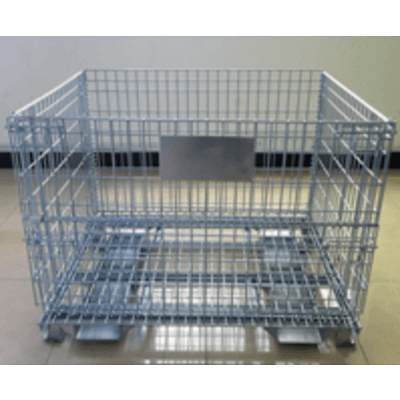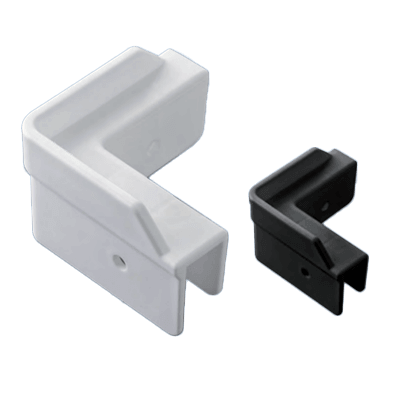What Is a Storage Rack?
A storage rack is designed for side-by-side container storage, widely used to efficiently organize, store, and retrieve items. It optimizes vertical space usage, crucial in environments like warehouses and distribution centers. Organizing items in containers on these racks streamlines finding and retrieving necessary items, enhancing work efficiency. Note the importance of adhering to weight limits to prevent overloading and potential rack failure.
Applications of Storage Racks
Storage racks serve multiple roles in various settings:
1. Warehouse/Logistics Center
Crucial for inventory management and goods storage, racks with adjustable shelves maximize space and streamline logistics processes.
2. Retail Store
Utilized for product display and inventory organization, aiding in the management of seasonal and sale items.
3. Factory
Organizes parts and materials for production lines, enhancing manufacturing speed and efficiency. Also, key for storing maintenance components.
Principle of Storage Racks
Storage racks are simple yet effectively designed systems comprising frames, shelves, and accessories to facilitate organized storage and easy retrieval.
1. Frame
The structural foundation, consisting of vertical supports and horizontal cross beams, ensures stability and supports the load.
2. Shelf
Horizontal platforms for storing items, often adjustable to accommodate various item sizes.
3. Accessories
Includes wheels for mobility, and optional hooks and drawers for enhanced organization.
Choosing a Storage Rack
Consider the following when selecting a storage rack:
1. Material
Choose based on durability and environment; options include plastic, wood, and metal, with the latter often preferred for its strength and outdoor suitability.
2. Number of Tiers
Determines storage capacity and height; select based on goods quantity and ceiling height.
3. Storage Volume
Ensure the rack accommodates the size and volume of items intended for storage.
4. Accessories
Assess available accessories like hooks, drawers, and dividers for improved storage efficiency.

 A hand tap (bit) is a tool used to form female threads for screwing in various bolts by cutting.
A hand tap (bit) is a tool used to form female threads for screwing in various bolts by cutting.